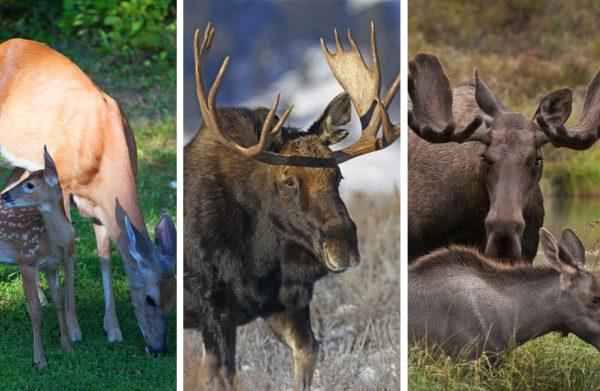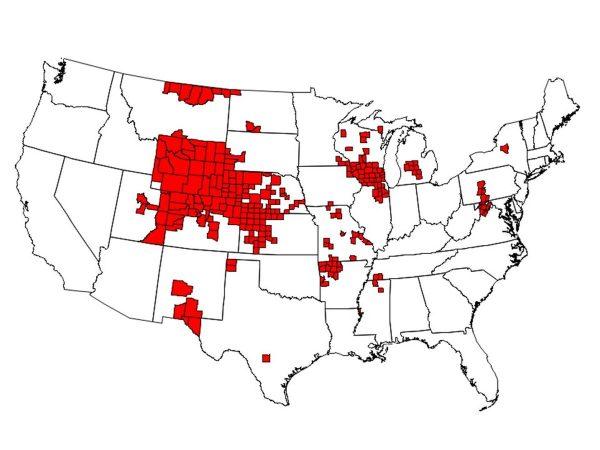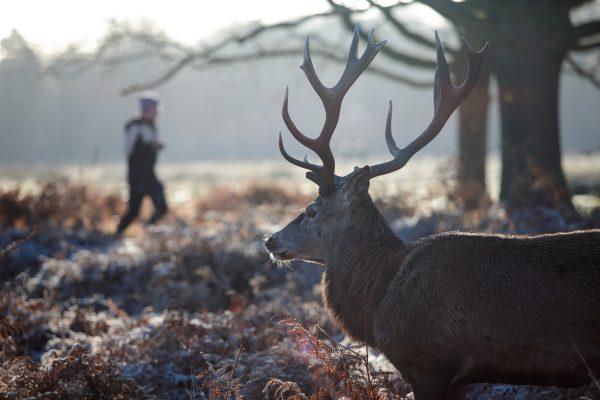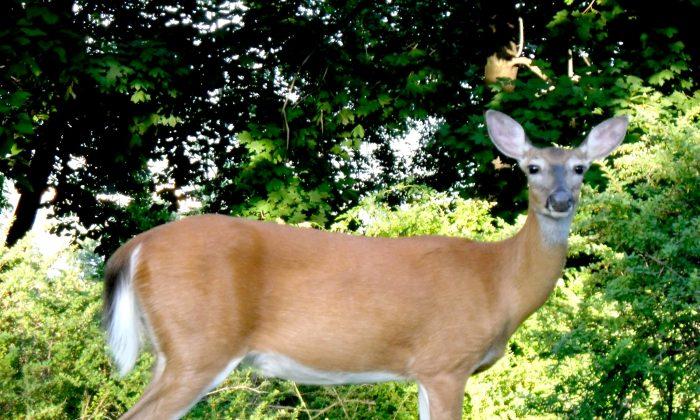Experts from the University of Minnesota told lawmakers in Minnesota that a deadly illness that affects deer could spread to humans.
Chronic wasting disease (CWD), sometimes known as “zombie deer disease” because of how it makes the ruminant animals look in its final stages.

There is currently no treatment for CWD.
No reports of humans being infected with CWD have been confirmed.
But Michael Osterholm, the head of the Center for Infectious Disease Research and Policy at the University of Minnesota, told officials in Minnesota that the disease should be treated as a public health concern.
“It is probable that human cases of CWD associated with the consumption of contaminated meat will be documented in the years ahead. It is possible that number of human cases will be substantial and will not be isolated events,” he said, the report said.
The Pioneer Press noted that scientists have been concerned about the disease because it’s spread via prions, a type of protein molecules, which makes it similar to mad cow disease. Eventually, mad cow disease spread from cows to humans and is fatal without a cure.

“If Stephen King could write an infectious disease novel, he would write about prions like this,” he added.
Peter Larsen, an assistant professor at the university, said that a CWD-exposed rock was placed inside a cage with hamsters. The rodents became infected.
“If I were to model contamination, the closest thing I can think of is it would be similar to modeling radioactive material,” Larsen said.
Last week, University of Minnesota scientists said they are seeking funds “to develop a test that can rapidly screen live animals for the presence of CWD,” noting that currently, tests can only confirm CWD after the deer is dead, taking days or weeks to get the results back, according to a news release.

24 States
Last month, the CDC stated that the disease has spread to at least 24 states, two Canadian provinces, and Finland and South Korea.States to have reported CWD include New York, Illinois, Michigan, Virginia, Wisconsin, Iowa, Missouri, Arkansas, Tennessee, Mississippi, Montana, North Dakota, South Dakota, Minnesota, Iowa, Texas, New Mexico, Colorado, Wyoming, Utah, Kansas, Nebraska, Pennsylvania, Maryland, and West Virginia.
The illness was first discovered in captive deer in the late 1960s in Colorado, and by the 1990s, CWD was found in nearby areas in northern Colorado and southern Wyoming before spreading to other states.






